How to design the perfect home audio setup
Your starter options for incredible stereo and multi-room sound - create a great home audio setup today
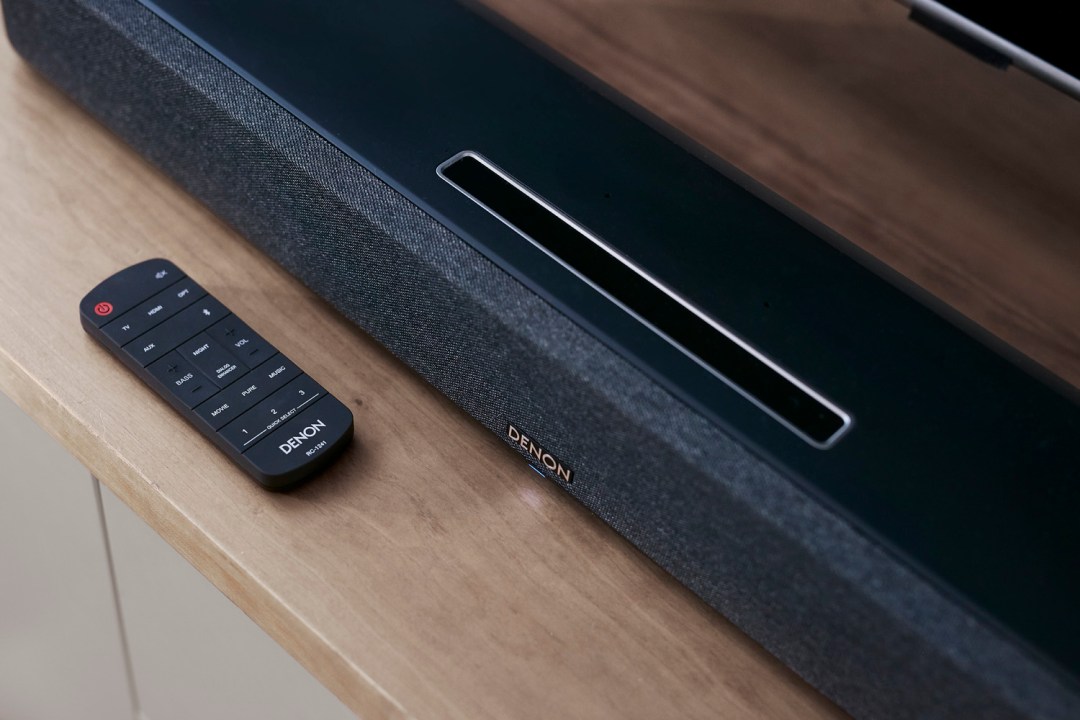
Fed up of weak TV speaker sound and wishy-washy music playback in your living room? Sounds like you need to invest in a ‘proper’ home audio setup, but with the sheer number of options available can be confusing.
We’ve made this guide to two different types of home audio setup – stereo and multi-room– to give you the basic knowledge you need to achieve your sonic dreams. We’re not going to be super-technical here or get into recommending too many specific products; you should instead view this as a primer that’ll provide a grounding, allowing you to decide what it is you actually want and need at home before you start spending your cash.
If, on the other hand, you’re looking for a home cinema audio setup to make your movies, TV shows and video games sing, check out the below articles.
- Best soundbar: top TV speakers for every screen and budget
- What is Dolby Atmos? The immersive audio tech explained
1) Stereo audio
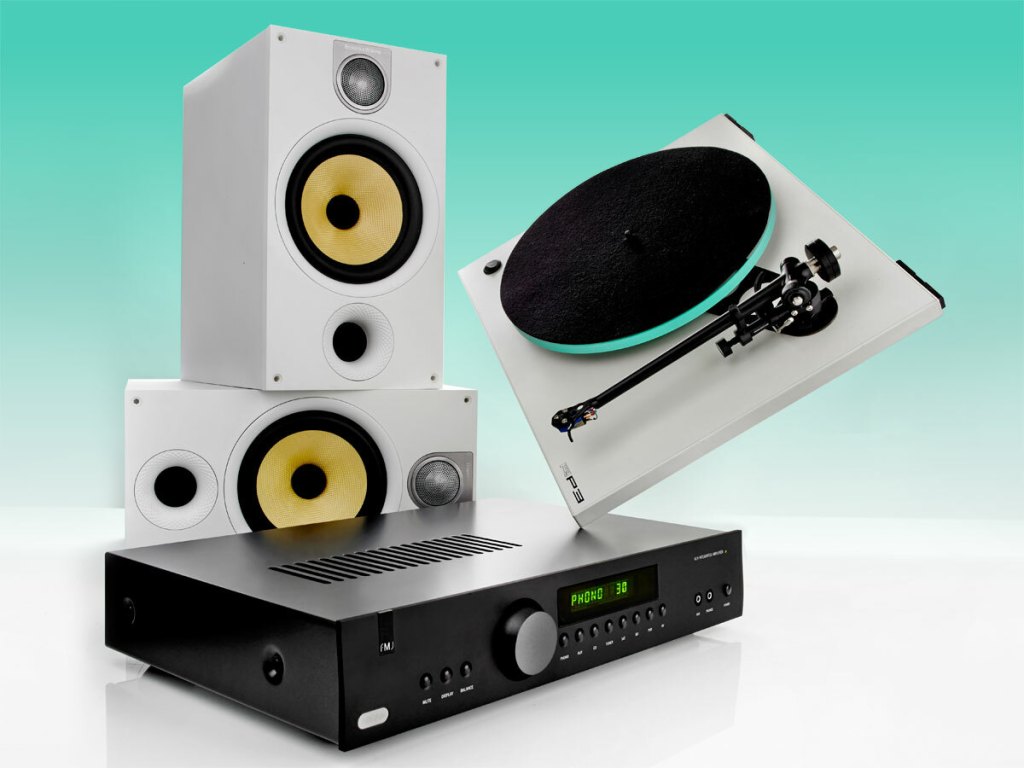
The simplest type of ‘serious’ home audio setup: two channels, left and right. Ideal for listening to recorded music (the overwhelming majority of which is presented in two-channel stereo) in a single room.
The most basic stereo setup consists of three elements: an audio source, speakers and something to power them. The source could be a turntable, a CD player or a music streamer; the speakers could be anything from a simple pair of bookshelf speakers to two towering floor-standers; and the power could come from a stereo amplifier.
For the above type of system (let’s call it a traditional system), you’ll also need cables to connect the source to the amp and the amp to the speakers. You’ll also need enough space at home to accommodate all the components. The advantage of a traditional system like this, however, is that it’s reliable (being wired, you don’t have to worry much about interference affecting wireless performance) and expandable. Stereo amps usually have enough input space to connect several different sources (start with a CD player, add a turntable later on), while it’s easy to switch out a single element of your home audio setup at any time.
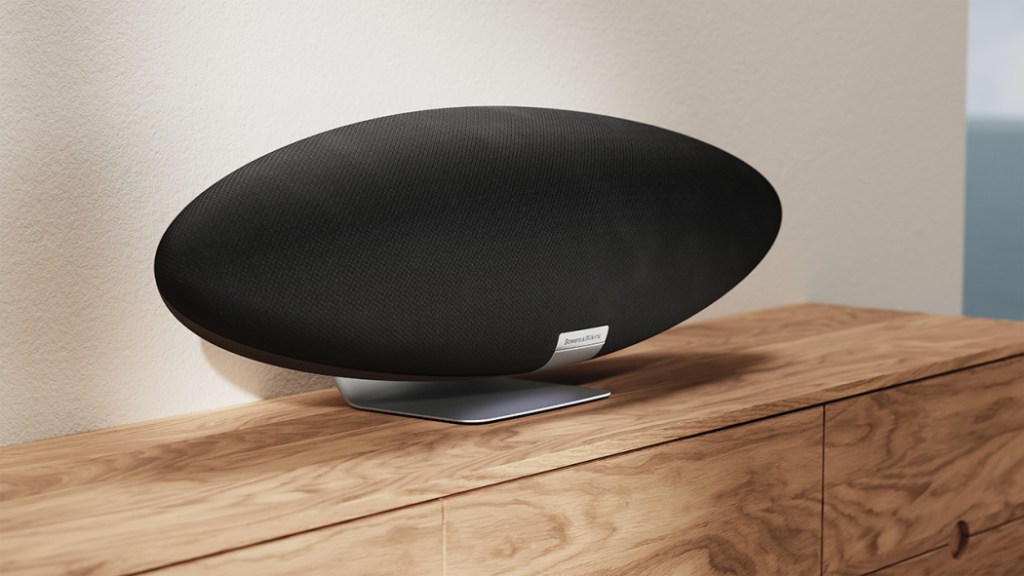
Alternatively, if space is at a premium and/or the idea of wires trailing around your room isn’t appealing, you can buy a single box with all of the above built-in (something like the Bowers & Wilkins Zeppelin, a high-quality Bluetooth stereo speaker that plays music straight from your phone or streaming services). Another option is to pair up two powered wireless speakers (like the Denon Home 150) for a similarly simple setup that offers better stereo separation (the perceived distance between the left and right channels).
Outside of hardware, you need to carefully consider speaker placement. For separate stereo speakers, try to set them up in an equilateral triangle with your standard listening position and the two speakers as the three points. Also (and we appreciate this isn’t always easy) try to keep speakers away from walls, as they can result in unwanted reflections. Having soft furnishings and thick curtains in your room can help sound quality too, by damping down further reflections.
2) Multi-room audio
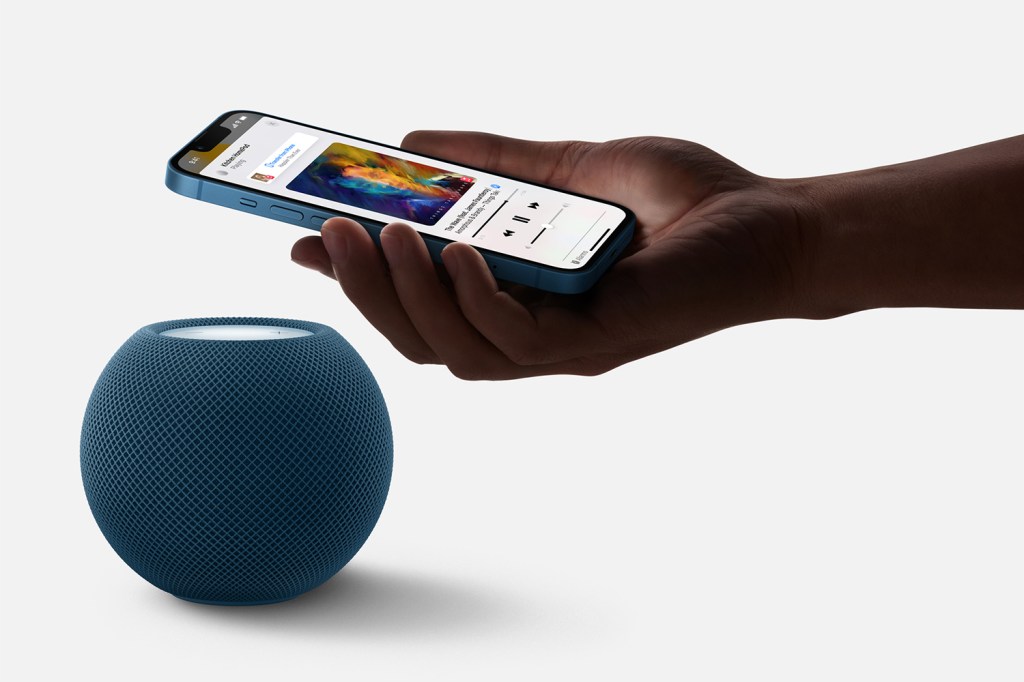
Multi-room audio used to be the preserve of wealthy enthusiasts willing to run cables through walls and under floors. Not anymore, thankfully: wireless technology has made the whole thing a lot more accessible, with no drills, dustsheets and pricy contractors needing to be deployed. As long as you have a solid Wi-Fi setup at home, you’re all good.
While you can still opt for a wired multi-room system if you truly want to go all-in, for the vast majority of people a wireless system is perfectly acceptable and far easier to live with.
Buying multiple wireless speakers and placing them in the rooms where you want sound is the move here, and your choice of speakers is vast: you can use smart speakers like the Amazon Echo Studio, Google Nest Audio or Apple HomePod Mini or individual speakers from the likes of Denon, Yamaha, Audio Pro, Sonos and KEF.
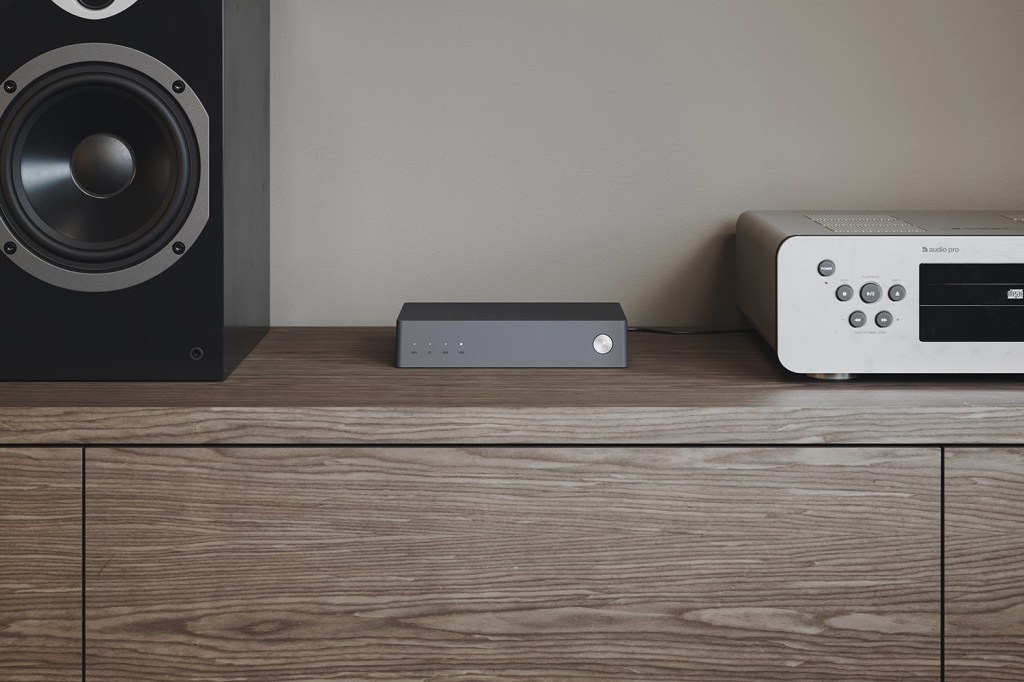
If you already own a traditional stereo setup (as outlined in section 1 above), you can integrate it into your multi-room system via an add-on like the Audio Pro Link 1 or Link 2, wireless devices that form a bridge between your amplifier and home network.
So there you have it: a basic starter guide to what’s on the menu when it comes to home audio setups for music. You can start small and go big later with a traditional, expandable component-based system, or instead opt for a setup consisting of compact all-in-one wireless speakers, which handily can be expanded into a multi-room system by adding more units. Or you can go for broke and mix the two by integrating your traditional system into a multi-room setup. Happy listening!



